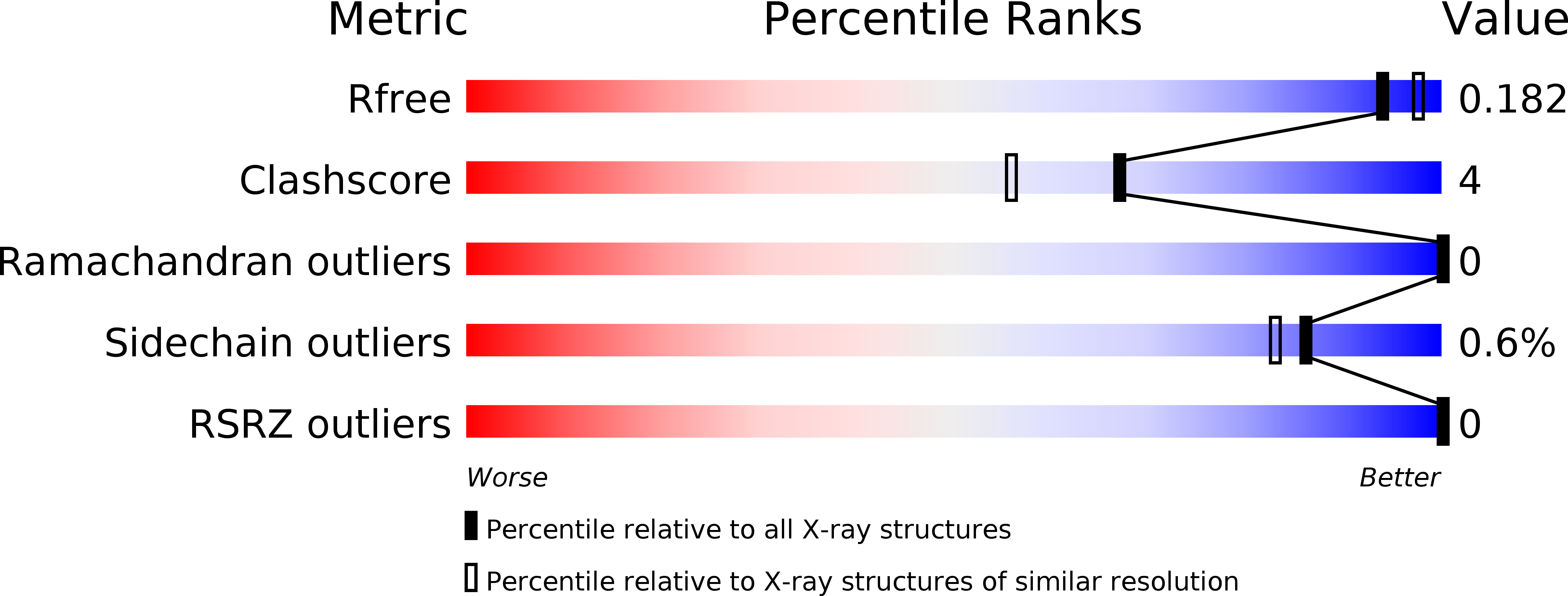
Deposition Date
2012-02-17
Release Date
2012-03-21
Last Version Date
2023-09-13
Entry Detail
PDB ID:
4DS1
Keywords:
Title:
The Structure of a Yeast Dyn2-Nup159 Complex and the Molecular Basis for the Dynein Light Chain - Nuclear Pore Interaction
Biological Source:
Source Organism:
Saccharomyces cerevisiae (Taxon ID: 559292)
Host Organism:
Method Details:
Experimental Method:
Resolution:
1.85 Å
R-Value Free:
0.18
R-Value Work:
0.15
R-Value Observed:
0.15
Space Group:
P 21 21 21


